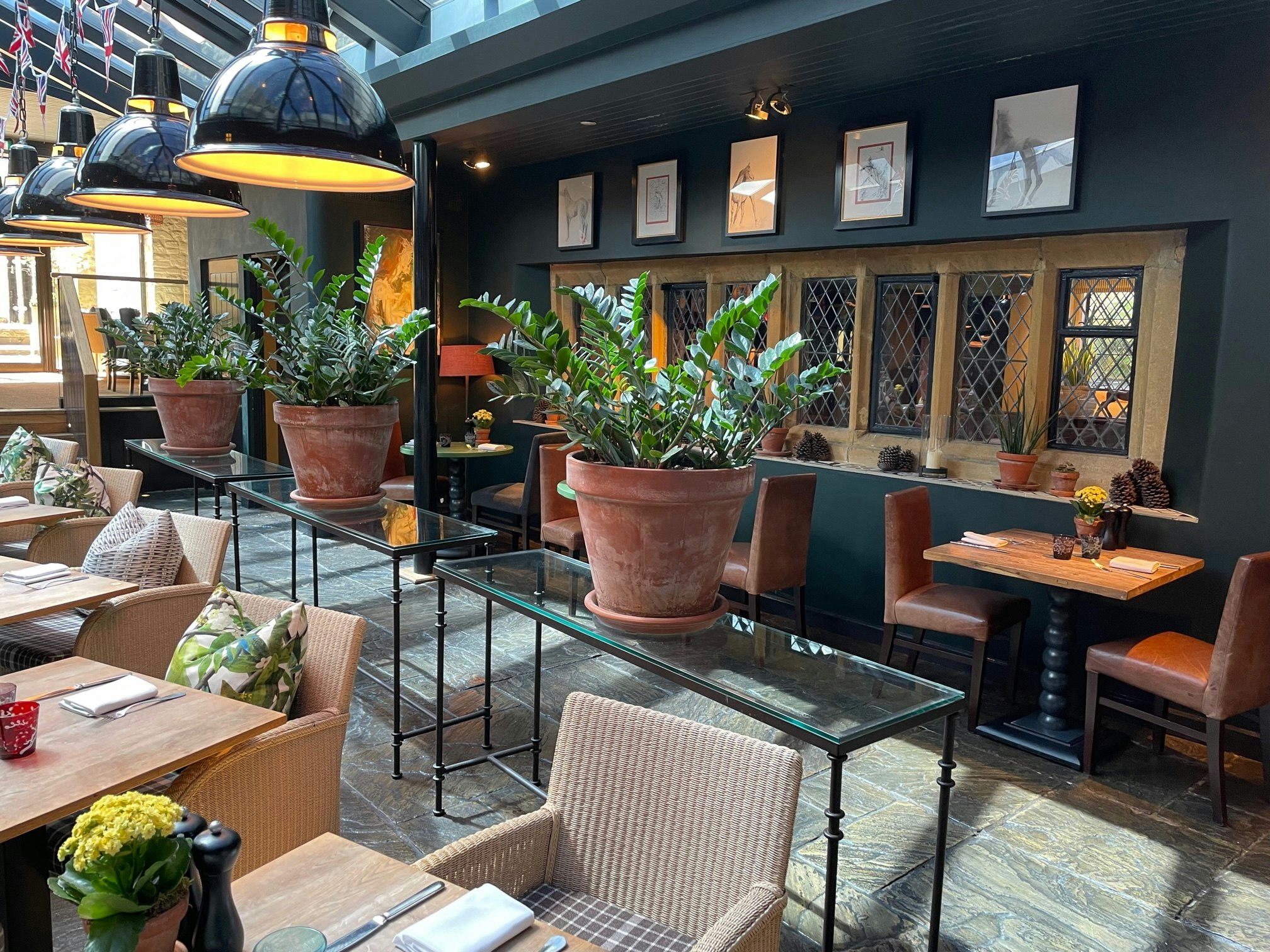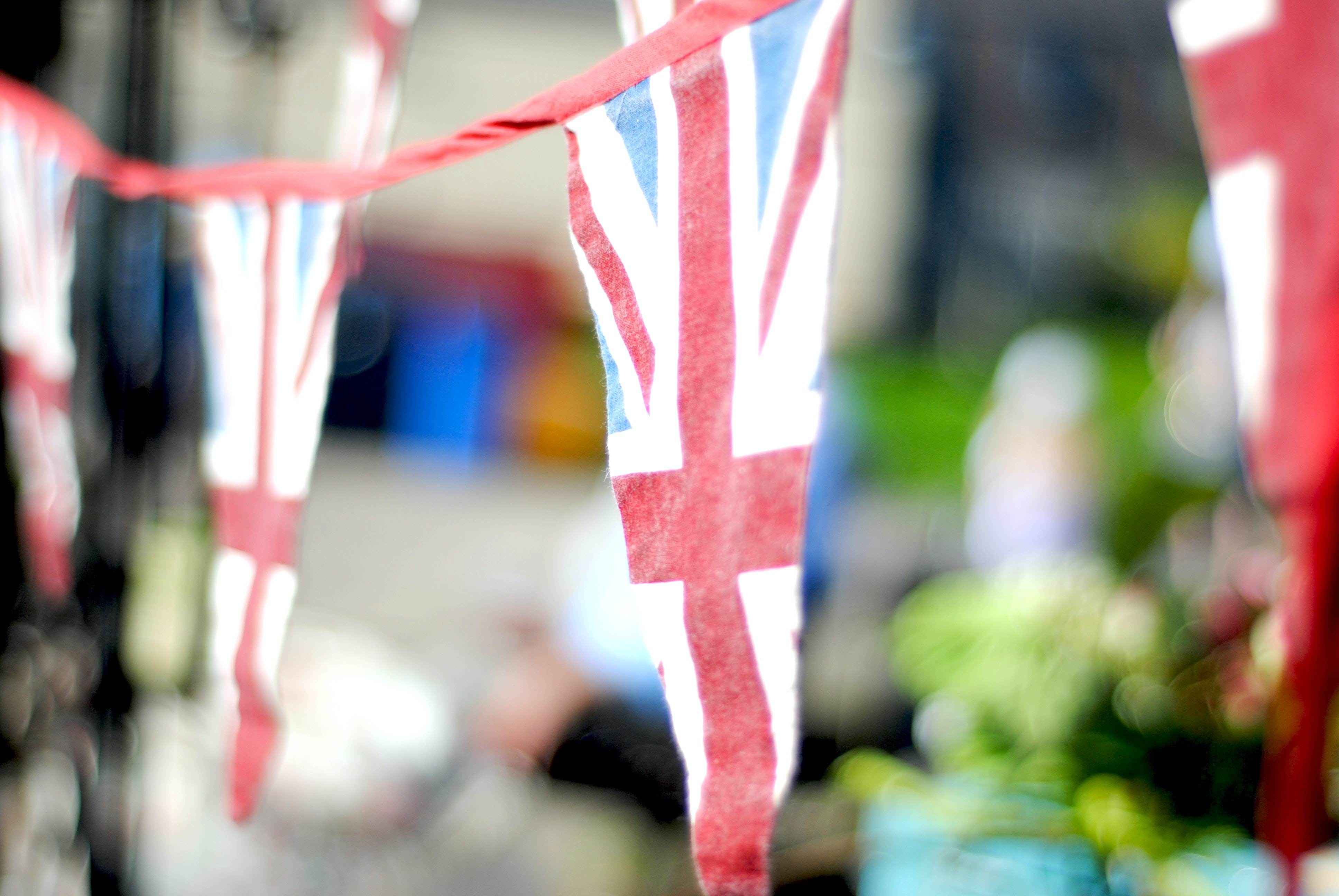The story of Arts and Crafts in the Cotswolds
We use William Morris wallpaper designs throughout the hotel - after all Morris’s famous statement “Have nothing in your houses that you do not know to be useful or believe to be beautiful.” applies to hotels too, we reckon.
Aside from the enduring beauty of the patterns and details, we also love to reference the story of William Morris and his Arts and Crafts followers in Broadway and the Cotswolds.
This blog takes a look at that story and highlights some of the places in the north Cotswolds which you can visit to discover traces of the original Arts and Crafts Movement in the area.
William Morris, a designer, craftsman and writer, loved the Cotswolds and, specifically, fell in love with Kelmscott Manor near Lechlade. You can visit Kelmscott Manor between Thursdays and Sundays in the main season - it’s one of those places where you’re advised to book in advance. The house and garden are a delight and you can see where design classics such as ‘Strawberry Thief’ were inspired.
William Morris discovered Kelmscott having seen an advertisement for the property. He initially rented it with the artist, Dante Gabriel Rossetti. Although the motivation for finding a place in the country was partly the health of his children, Morris’s wife was having an affair with Rossetti and time away from London helped to minimise any scandal.
Rossetti only visited over the period of a few years but Morris clearly loved Kelmscott Manor. He rented the property for 25 years, right up until his death in 1896. Morris visited as often as he could.
Morris is considered the Father of the Arts & Crafts Movement and is also somewhat associated with the Pre-Raphaelite Brotherhood, of which Rossetti was a founder.
In brief, the Arts and Crafts Movement was a reaction to a perceived fall in standards of design and craftsmanship (and the dehumanisation of workers) after the Industrial Revolution. The Pre-Raphaelites were a relatively short-lived group who felt that the teaching of art had been degraded by an obsession with Raphael and later artists. They sought to return to an earlier era by countering the new Mannerist style, with its structured compositions and classical poses.
It’s easy to see how this reaction is expressed in Rossetti’s art and in William Morris’s art and design work. With its sensational attention to detail and homage to the medieval, their art is almost instantly recognisable and seems to be enduringly popular.
Broadway largely enters the story because of Broadway Tower. The tower is a folly (albeit a functional one) that stands on the hill overlooking the village. It is Saxon in appearance, but in fact was completed in 1799. These days, the tower is open for visits and is a great circular walk from The Broadway Hotel.
In the 1860s Broadway Tower was leased by a school headmaster, called Cormell Price. Known as ‘Crom’ Price, the ‘Knight of Broadway Tower,' he regularly hosted friends such as Rossetti, William Morris, Francis Millet and Edward Burne-Jones. Broadway Tower became a kind of holiday resort for the group, who would certainly have appreciated the somewhat medieval appearance of the location. If the setting was inspirational, a stay at this time might well have been challenging for some. Morris’s daughter, May, later recorded:
“It was the most inconvenient and most delightful place ever seen — to simple folk like ourselves who could do without almost everything with great cheerfulness: though on looking back it seems to me that my dear mother was rather heroic on these occasions — quietly forgoing the many little comforts that a delicate lady needs.”
William Morris loved his visits to Broadway Tower. The countryside and the simple (not to say basic) way of life there inspired his art and his writing, and led to his establishment of the Society for the Protection of Ancient Buildings to counter the damage done by Victorian 'restorers' to historic buildings.
In September 1876 he noted that:
“I am at Crom Price’s tower among the winds and the clouds: Ned (Edward Burne-Jones) and the children are here and all are much amused”.
May Morris also recalled:
“I remember father telling us that we could see four battlefields from the hill, Evesham, Worcester, Tewkesbury and Edgehill. That touched his imagination very much, and looking back I can see his keen eye sweeping the serene stretch of country and doubtless calling up visions out of the disturbed past”.
Her memories of Broadway Tower often dwelt on the practical:
“The Tower itself was certainly absurd: the men had to bathe on the roof — when the wind didn’t blow the soap away and there was water enough. The way supplies reached us I don’t quite know…”
Broadway Tower's story continues to fascinate and be full of the unusual - even today visitors are surprised to find that its attractions now include a Cold War nuclear bunker. You'll often see deer nearby and the site is fully considered part of Broadway life, used as a beacon on national occasions and for events such as theatrical performances.
William Morris’s influence was to have a startling effect on nearby Chipping Campden. After Charles Ashbee, a disciple of Morris, set up The Guild of Handicraft in London he then carried out an extraordinary social experiment. He moved workshops from London’s East End to Chipping Campden. The aim was to improve the quality of life for craftsmen and their families. Around two hundred people, representing over 50 craftsmen moved to Chipping Campden in 1902 to form a craft co-operative in the medieval guild style.
The picture, kindly supplied by Court Barn Museum shows an Ashbee pendant, with an irregular pearl blister at the centre, functional and decoratve ironwork and his favourite stone, the green chrysoprase (a variety of chalcedony coloured by nickel).
The experiment was ultimately unsustainable but some stayed on. Even today you can visit the workshop of Hart Silversmiths, an extraordinary place now run by David Hart. Do call in, they’re a friendly bunch and the workshop is remarkably enigmatic.
You can find out more about the Campden Guild at Court Barn Museum, an excellent museum that tells the beginning of the story of craft and design in Chipping Campden, but also the north Cotswolds’ continuing design heritage and its expression through to the present day.
Ashbee’s experiment, his extraordinary vision and commitment enhanced the area’s reputation in the art, craft and design world and inspired others to follow.
The ‘discovery’ of Broadway by William Morris contributed to awareness of the area amongst other artists. The village was to acquire an arts colony of prominent painters, writers, musicians, and other creative people who convened there in the mid-1880s. The so-called ‘Broadway group’ included a number of American expatriate painters, chief among them John Singer Sargent (1856–1925), hard at work on what would become his masterpiece, Carnation, Lily, Lily Rose.
Surrounding Sargent at this time was a congenial group of artist-friends whose relatives, spouses, and children posed, gardened, entertained, and established a sense of artistic camaraderie in the sleepy village. Sargent, incidentally, relished Broadway as a kind of sanctuary from Paris and the controversy over ‘Portrait of Madame X’ his 1884 portrait of Madame Gautreau, deemed rather scandalous. In what must have been an eventful period, he was also there to recover from a boat-diving accident on the Thames.
Broadway’s design reputation was further enhanced by the Russell family. Gordon Russell’s parents moved here when he was 12, in 1904. As a teenager and young man he absorbed the influence and atmosphere of his family’s antique and furniture workshop, as well as the Guild in nearby Chipping Campden (he went to school there).
In 1922, the firm of Russell and Sons was established. Gordon Russell fully understood the possibilities of machinery in furniture production, but he also embraced the Arts and Craft Movement’s respect for the worker in terms of working conditions and education. In this way, Gordon Russell combined elements of Arts and Crafts and Modernism in his products and philosophy. Russell was in demand during the war years to develop ‘Utility’ production in the war years, and he was to make a profound contribution to the Festival of Britain in 1951.
Russell’s original drawing office and workshop can still be seen today at the Gordon Russell Design Museum in the village. The museum is one of those little gems! We’re also very proud of the Broadway Museum and Art Gallery, where you can learn more about Broadway’s creative ‘Colony’ and the village’s connections to John Singer Sargent.
There is an important Art and Crafts collection at The Cheltenham Museum too.
Broadway village is proud of its artistic and design legacy. The High Street is full of galleries and antique shops, and our vibrant Broadway Arts Festival punches well above its weight.


